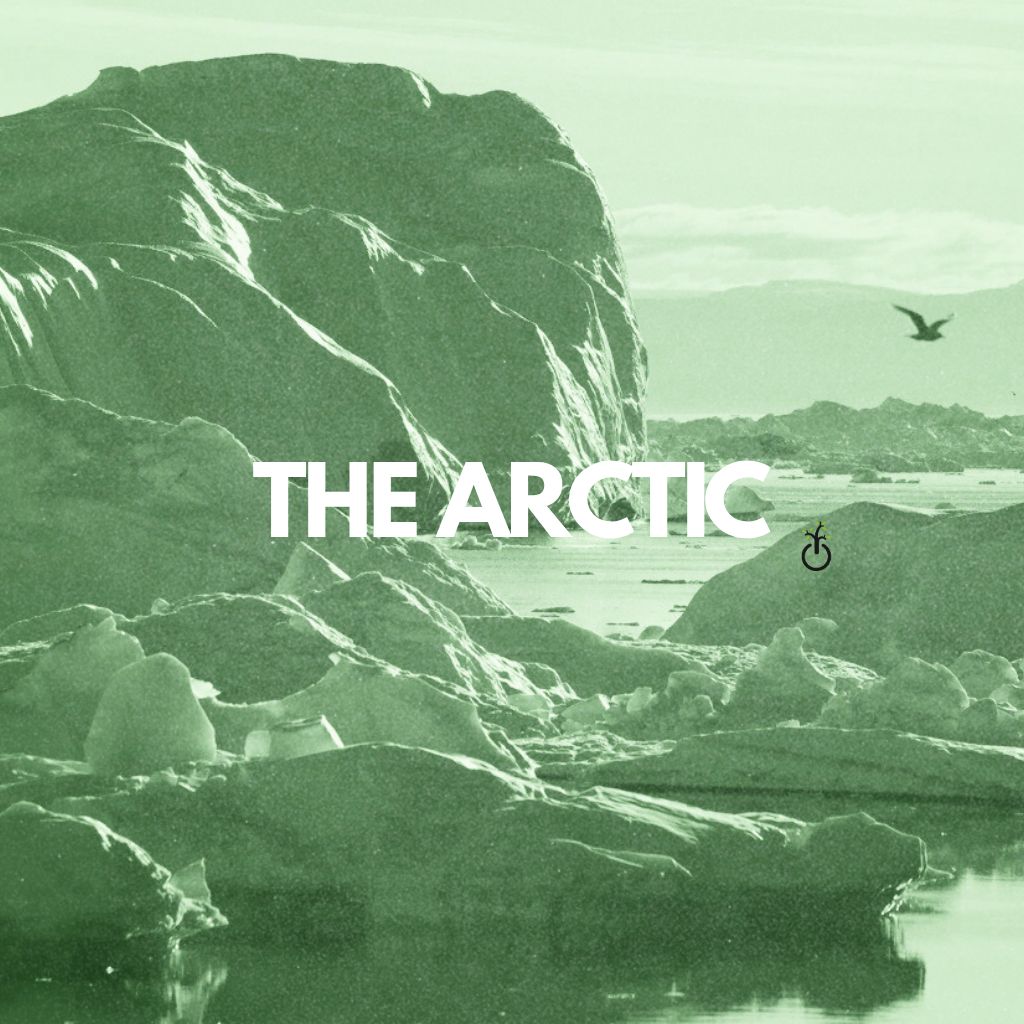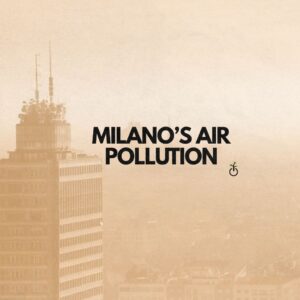While we all know that the Arctic is one of the, if not the most, affected areas on Earth for global warming, most of us do not fully comprehend to which extent this puts the planet and its inhabitants at risk. The Arctic’s average temperature has already risen three times faster than the global average, making it one of the world’s most endangered regions, while also trying to cope with the effects of a growing globalization and rush for resources, opportunities and trading routes.
In the last years we have increasingly been exposed to all the consequences of global warming that will become the normality in the near future: summer sea ice is disappearing, making it almost impossible for certain species to survive in their habitats; at the same time sea levels are rising, coastlines are eroding and permafrost is thawing. These are just some of the reasons why we cannot consider the Arctic an effective global air conditioner anymore, or why we will need to say goodbye to such a precious ally soon if we do not take action now.
Luckily, many governments programes and associations are actively advocating to raise awareness and trying to reverse the direction we are going towards: putting a halt to the progressive “death” of the Arctic is one of the most important steps in preventing the situation from becoming irreversible. It is relevant to mention that the Arctic is not uninhabited, it has a population of approximately 4 million people, of whom roughly 10% are indigenous. Peoples of the Arctic encompass a heterogeneity of cultures, traditions and ethnicities, a spectrum of identities that is often underpinned by a strong feeling of rootedness with their ancestral lands.
As ice retreats and ecosystems collapse, the area is simultaneously revealing new economic and political possibilities: this dual reality makes the Arctic not only a victim of climate change, but also a stage on which new global interests are colliding. Understanding the interplay between environmental degradation and geopolitical ambition is therefore crucial if we want to grasp the full implications of a warming Arctic.
Geopolitical Consequences of a Melting Arctic
We will now turn to how geopolitical relations are being shaped by climate change. Due to its extreme conditions, the Arctic has generally been characterized as a region of diplomatic tranquility. However, due to global warming and disappearing ice caps the region has become attractive for several reasons exposing it to geopolitical tensions.
Firstly, the melting Arctic has created trade routes that were not previously viable for commercial navigation. Arctic sea routes can reduce the distances of voyages between Europe and Northeast Asia by as much as 40% as well as shortening transit times up to 30%. This has made them a point of interest for many global superpowers that aim to consolidate their positions in global trade. Although there have been some attempts to regulate shipping in the region such as the Polar Code established by the International Maritime Organization, their effectiveness is undermined by an inconsistent application of safety standards. There are also concerns that using the region as a trading route can increase melting by darkening snow and ice, further deteriorating the situation in the region.
Secondly, melting ice has increased national security concerns for many countries. The Arctic has traditionally been an impenetrable fortress for countries such as Russia. As ice caps are melting at an alarming rate Russia is losing this natural defense and thus has taken action to cement its defensive capabilities in the region by adding a new ballistic missile submarine to its fleet. It is not only Russia however that sees the Arctic as a strategic military region. The United States has also been shifting its attention to the region, as seen earlier this year when Mr Trump stated intentions to take control over Greenland citing national security as one of his main concerns.
Finally, climate change has opened the opportunity to extract resources from the Arctic that were previously inaccessible. Increasing temperatures have unlocked enormous reserves of oil, gas and rare earth minerals. This opportunity to exploit vast amounts of underutilized resources has led countries in the region to move precisely in that direction. Russia for example is eager to extract hard to reach hydrocarbons and has increased investments in the region. America too is interested in the resources in the region; it has stated that taking control over Greenland’s minerals is “an absolute necessity” for national security. On the other hand, you have Norway that had its plans to mine the sea bed in the Arctic blocked due to environmental concerns.
In conclusion, the melting of the Arctic is not only an environmental catastrophe but also a source of tensions amongst global superpowers. At times like this, we would expect countries to be collaborating to minimize the effects of this crisis, however, as we have seen the exact opposite is taking place. Unfortunately the lack of collaboration we are witnessing may ultimately seal the Arctic’s fate.
Written by Gian Paolo Cecchini and Caterina Molinari
References
https://www.nature.com/articles/s41467-025-64437-4
https://www.economist.com/leaders/2025/10/16/why-trump-is-looking-the-wrong-way-in-the-arctic
https://www.economist.com/graphic-detail/2025/06/04/a-short-history-of-greenland-in-six-maps
https://www.mdpi.com/2225-1154/13/5/85
https://www.arcticwwf.org/threats/climate-change
https://www.worldwildlife.org/resources/explainers/six-ways-loss-of-arctic-ice-impacts-everyone




